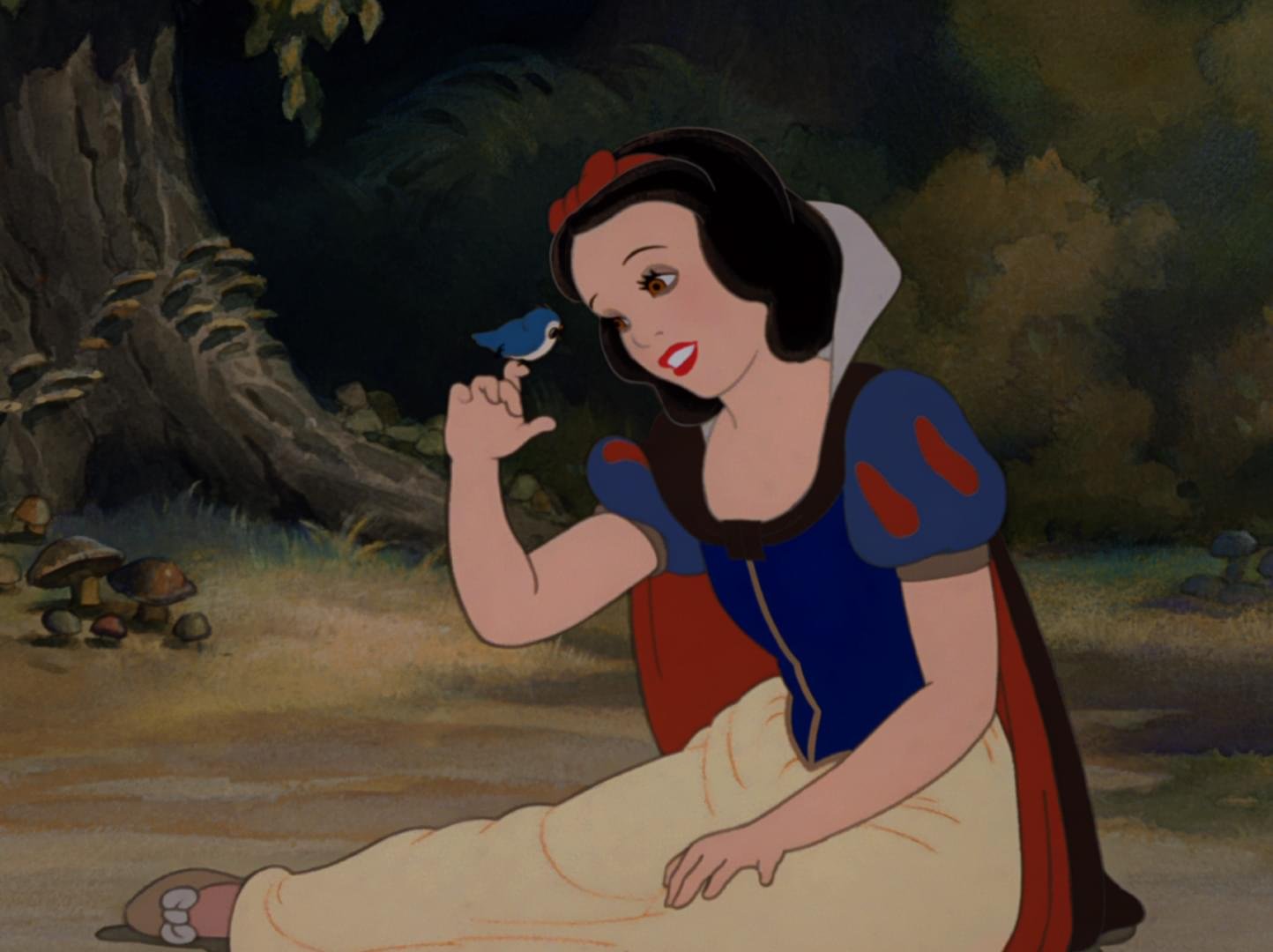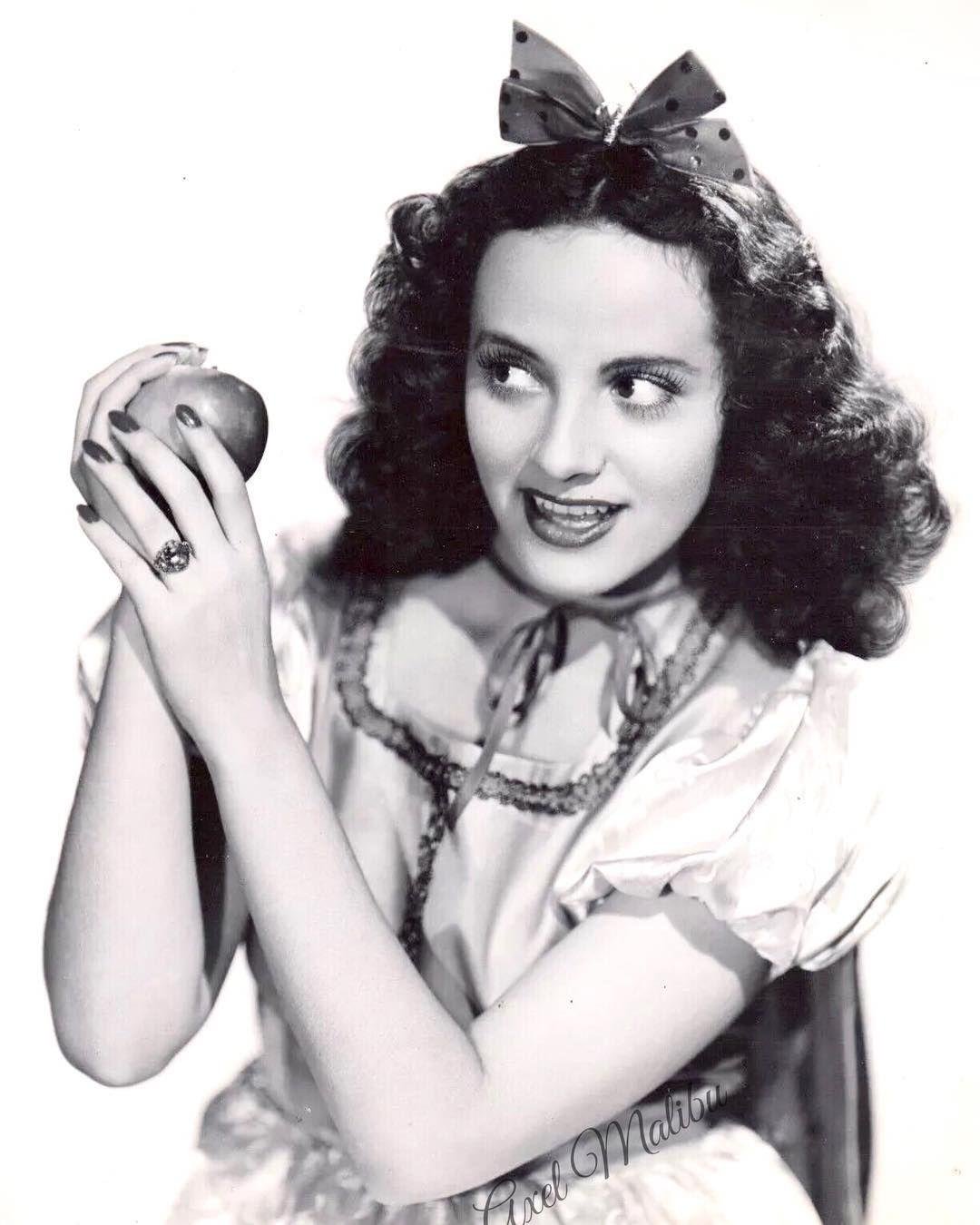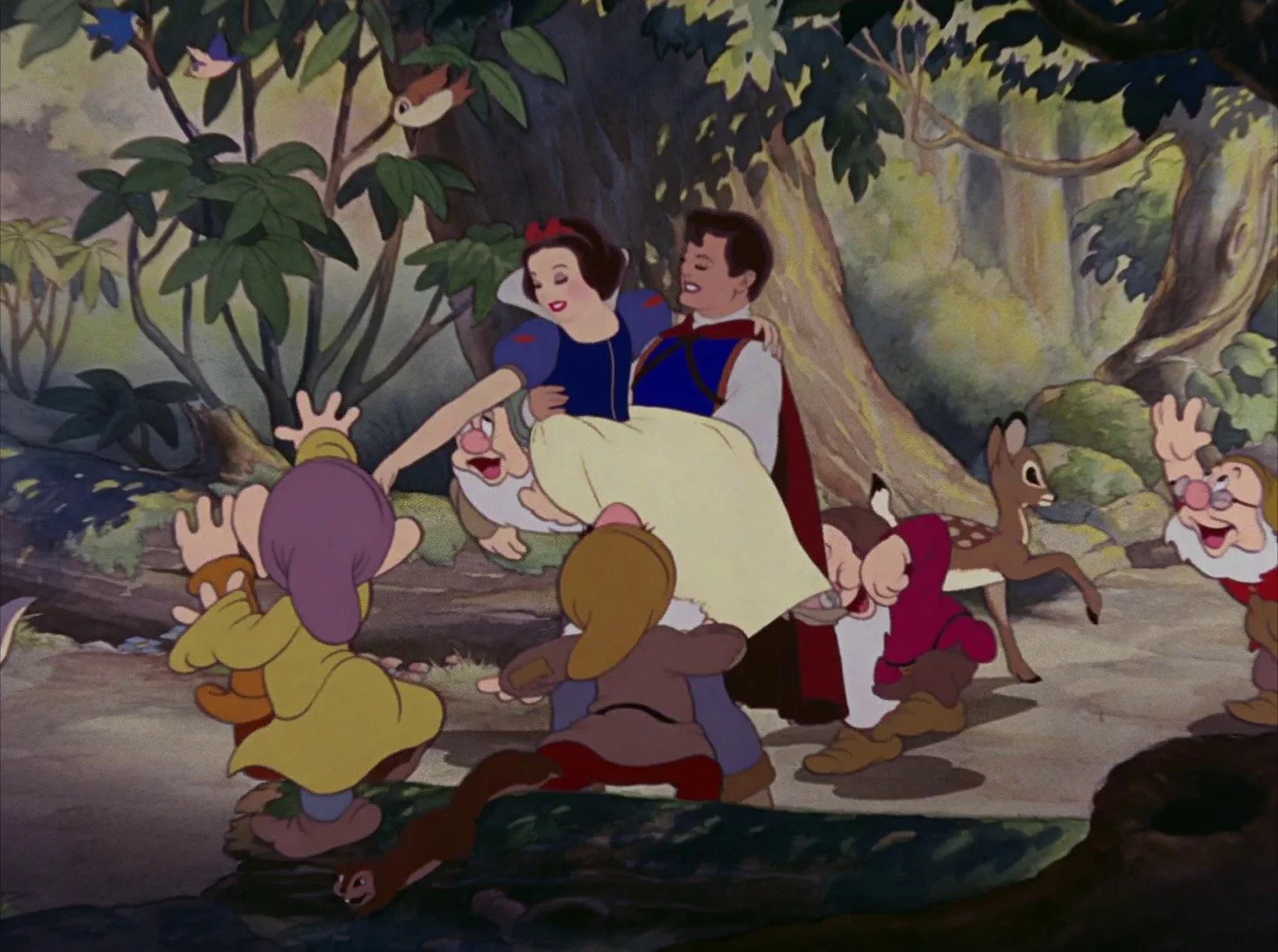Snow White and the Seven Dwarfs Legacy and Achievements - 85th Anniversary
It’s incredible to live in a time where we are still continuously developing technology, while acknowledging and appreciating the advancements that have come before our time. The influential men and women in history who have given to the sciences, the arts, and so much more are forever cemented in our history books and museums. As we take in entertainment today through any medium, whether it be television, radio, film or books, we have so many people to thank and recognize for their influence on the development of each medium. Unsurprisingly, Walt Disney has played one of the most major roles in movie history, specifically with animation. This year in 2022, Disney’s very first full-length animated feature film turns 85 years old. Snow White and the Seven Dwarfs premiered on December 21, 1937 at the Carthay Circle Theatre in Los Angeles, California. Dubbed “Walt’s folly”, many didn’t believe in the project and thought it would be a massive failure. Despite all of the negativity surrounding its creation, the studio pushed through and made a beautiful, resounding piece about love, evil, family, and kindness. Let’s take a look at all of the achievements Snow White has seen over the years.
Snow White. Image from: https://disneyanimation.com/films/snow-white-and-the-seven-dwarfs/
Original drawing of Snow White. Image from: https://greganimationart.blogspot.com/2022/11/original-production-animation-drawing_92.html
The Influential Women Behind Snow White and the Seven Dwarfs
The story of our very first Disney princess, Snow White, was first published in 1812 by Jacob Ludwig Karl Grimm and Wilhelm Carl Grimm, being the 53rd story within their first collection of fairy tales. Our title lead in the Disney film has had many women who had their hand in creating the dynamic and attentive character. The animation process begins with the drawings, and with the implementation of technicolor, color had to be added to each animation cel. The ink and paint department at the Walt Disney Studios had always been occupied by women, one of which was Walt’s future wife, Lillian. It was a meticulous job and required great attention to detail, as once the cel was ready to be filled in with color, the painters had to be sure every single cel was perfect. Hundreds of women worked in this department through the 1930s and 1940s, giving much of their lives to this profession. Without this team of dedicated women, we wouldn’t have such captivating colors flowing through our screens via each frame throughout the film.
Some women of the ink and paint department. Image from: https://www.pbs.org/wgbh/americanexperience/features/walt-disneys-empire/
Another large part of the film is the musical element, Snow White’s singing voice in particular. After sifting through 150+ auditions in 1934 for the perfect voice of the princess, Walt heard young Adriana Caselotti’s voice through the phone, and knew he had his princess. At 19 years old, Adriana made a total of $970 from Disney (equivalent to $17,000 today), and created lifetime memories for herself. For the next 20 years, Adriana would make appearances as Snow White on television and in promotions for the movie, and collected Snow White memorabilia for her home. Because of her crucial work with Disney, she was blacklisted from being in any other large films, but she still looked back at her time fondly. Her voice paved the way for young girls in Hollywood making their way into the voice acting scene. With her triumph of being the very first Disney princess as well, she has allowed 11 other women to use their voices for other Disney princesses.
Adriana Caselotti. Image from: https://twitter.com/commondsneyfan/status/1173242724394442755
The final woman we have to thank for our original Snow White is Marge Champion. Live action reference models paid a huge advantage to animators, as they were able to get a sense of natural movement. With Disney’s focus on a more European-style of art, they wanted to make this fantastical story seem somewhat realistic. Marge Champion came in at 14 years old to dance, skip, twirl, and walk for the artists. The natural movement of her dress and hair are copied exactly as we see them in the film. Marge continued to work with Disney over the years, playing the Blue Fairy in Pinocchio, Hyacinth Hippo in Fantasia, and Mr. Stork in Dumbo. She was briefly married to Disney artist Art Babbitt before marrying Gower Champion. She held onto the name Snow White as she toured as her in a vaudeville show with The Three Stooges.
Marge Champion. Image from: https://dapsmagic.com/2020/10/disney-legend-marge-champion-passes-away-at-101/
Snow White in Animation History
With Snow White and the Seven Dwarfs being Disney’s first full-length animated feature film, and with the massive success that followed it, it was bound to have a cultural impact on the animation industry moving forward.
1930s Awards
In 1938, Snow White was submitted to the National Board of Review, and won as a part of the Board’s top ten films. That same year, Snow White was granted the Grand Art Trophy at the 1938 Venice Film Festival, however this award came from a place of encouraging Americans to continue participating in the festival.
In 1939, Walt Disney won the Special Award in honor of Snow White by the New York Film Critics Circle.
Famously, Walt won 8 honourary Academy Awards in 1939, presented by Shirley Temple. The award consisted of one full-size Oscar statuette and 7 smaller statuettes, to represent the 7 dwarfs.
1980s Awards
Jumping over to 1984, Snow White won the Young Artist Jackie Coogan Award. Snow White was recognized in 1987 on it’s 50th anniversary, with a post-humous special award for Walt Disney by the Motion Picture Screen Cartoonist Awards. 1987 was also the year Snow White received her very own star on the Hollywood Walk of Fame, being among just a handful of cartoon characters that have ever gotten one, and the only Disney princess who has received one.
In 1989, Snow White and the Seven Dwarfs joined the National Film Registry, granted by the National Film Preservation Board.
2000s Awards
In 2001, Snow White was released on DVD for the very first time. At the DVD Exclusive Awards, it won Best Overall New Extra Features, Library Title, and was nominated for Best New, Enhanced or Reconstructed Movie Scenes and Best DVD Menu Design. In relation to its DVD release, in 2002 it won Best DVD Classic Film Release at the Academy of Science Fiction, Fantasy & Horror Films. The same Academy nominated it for Best DVD/Blu-Ray Special Edition Release in 2010.
It’s most recent award in 2011, won as a Motion Picture at the Online Film & Television Association Film Hall of Fame.
This iconic movie has also been recognized several times by the American Film Institute during their annual milestone lists of the greatest movies of all time. In 1998, AFI released their list of the top 100 best American movies of the last 100 years. Snow White ranked at #49, and was updated to #34 in 2007. In 2010, they released a list of the top 10 greatest films of 10 different genres. Of the animation category, Snow White ranked #1, with Pinocchio, Bambi, The Lion King, Fantasia, Toy Story, Beauty and the Beast, Shrek, Cinderella, and Finding Nemo following behind.
Walt Disney and Shirley Temple at the 1939 Oscars. Image from: https://www.oscars.org/oscars/ceremonies/1939
Snow White in Musical History
Alongside the animation in the film’s massive popularity and success, another very celebrated element of the movie is its soundtrack. The soundtrack was composed by Frank Churchill and written by Larry Morey. The incidental music score, used to heighten emotions and dramatic moments, was done by Paul J. Smith and Leigh Harline. A unique fact about the soundtrack was that it was the first American film to have a film soundtrack album released. A total of 13 songs were composed and written for the film, but only 11 of them made it into the final cut. “Music in Your Soup” and “You’re Never Too Old to Be Young” were the 2 that went unused.
At the 1938 Academy Awards, Frank Churchill, Larry Morey and Paul J. Smith were nominated for the Best Music, Score Oscar. They were nominated again, along with Leigh Harline this time, for Best Recording for Children at the 1977 Grammy Awards. The princess’s “I want” song, which is a song that typically is at the beginning of a musical sung by the lead character about their desires, was “Someday My Prince Will Come”. This very song landed on the American Film Institutes top 100 songs at #19.
Snow White vinyl soundtrack. Image from: https://www.abebooks.com/Walt-Disneys-Snow-White-Seven-Dwarfs/30529713076/bd
Snow White Commercial Success
The $1.5 million budget was not something to be taken lightly at the time, since the studio and Walt was banking A LOT on the success of the film. Luckily, the faith and trust in the story and the process paid off in the end, in numerous ways.
The Guinness World Records has verified that Snow White and the Seven Dwarfs is the highest-grossing animation at the domestic box office ever. It took $184,925,486 at the domestic box office, equivalent to $1,546,602,945 billion.
The Snow White and the Seven Dwarfs premiere was held at the Carthay Circle Theatre, a highly regarded theatre at the time. It broke the record for advance ticket sales ever at the theatre, selling out the house before the night, and having to limit ticket purchases to 4 per person. The premiere began at 3pm, following through the whole evening until 9pm, with more than 30,000 Disney fans lined up outside of the theatre just to get a glimpse at the event.
Snow White and the Seven Dwarfs premiere. Image from: https://www.pinterest.ca/pin/305541155961206238/
Finally, one of the most significant and life-changing outcomes that the movie had on the company and Walt personally, was that it allowed them to expand their company, and finally build a permanent studio. The revenue that came in was reinvested into a space on 500 South Buena Vista Street, Burbank, and the crew moved from Hyperion Avenue to there from 1939 to 1940. Permanently called The Walt Disney Studios, the campus was equipped with a large animation building, a building for the ink and paint department, a building for camera and editing departments, and much more. The Walt Disney Studios still stands today in proud operation, and is the only lasting property that has been around since the very beginning. This entire space for writers to tell stories, animators to bring them to life, and Walt to supervise it all, was made possible because of Snow White and the Seven Dwarfs.
The Seven Dwarfs hold up the Walt Disney Studios symbolically. Image from: https://thewaltdisneycompany.com/
Today, we celebrate a movie that had shattered records, that is a physical representation of pursuing your dreams. This film has allowed future artists the opportunities to work on the big screen, has given children a story of hope and empathy, and a tale that will never die.
Reference list:
https://en.wikipedia.org/wiki/Snow_White_and_the_Seven_Dwarfs_(1937_film)#Cultural_impact_and_legacy
https://www.imdb.com/title/tt0029583/awards/
http://awardsandwinners.com/category/new-york-film-critics-circle/1939/
https://filmic-light.blogspot.com/2010/12/snow-white-awarded-grand-art-trophy-at.html
http://awardsandwinners.com/category/young-artist-award/young-artist-jackie-coogan-award/
https://en.wikipedia.org/wiki/AFI%27s_10_Top_10
https://en.wikipedia.org/wiki/Snow_White_and_the_Seven_Dwarfs_(soundtrack)
https://www.waltdisney.org/blog/walt-disneys-oscarsr
https://d23.com/featured-photo/walt-disney-and-the-snow-white-oscars/
https://disney.fandom.com/wiki/Walt_Disney_Studios_(Burbank)











